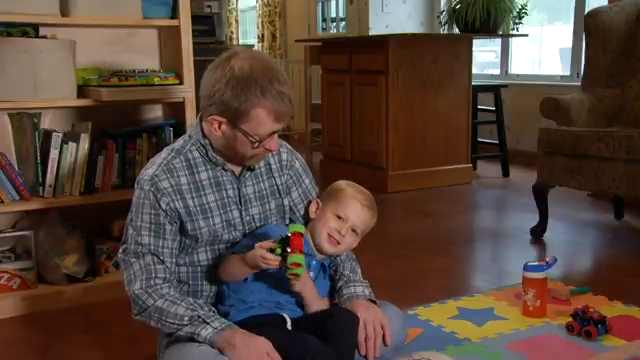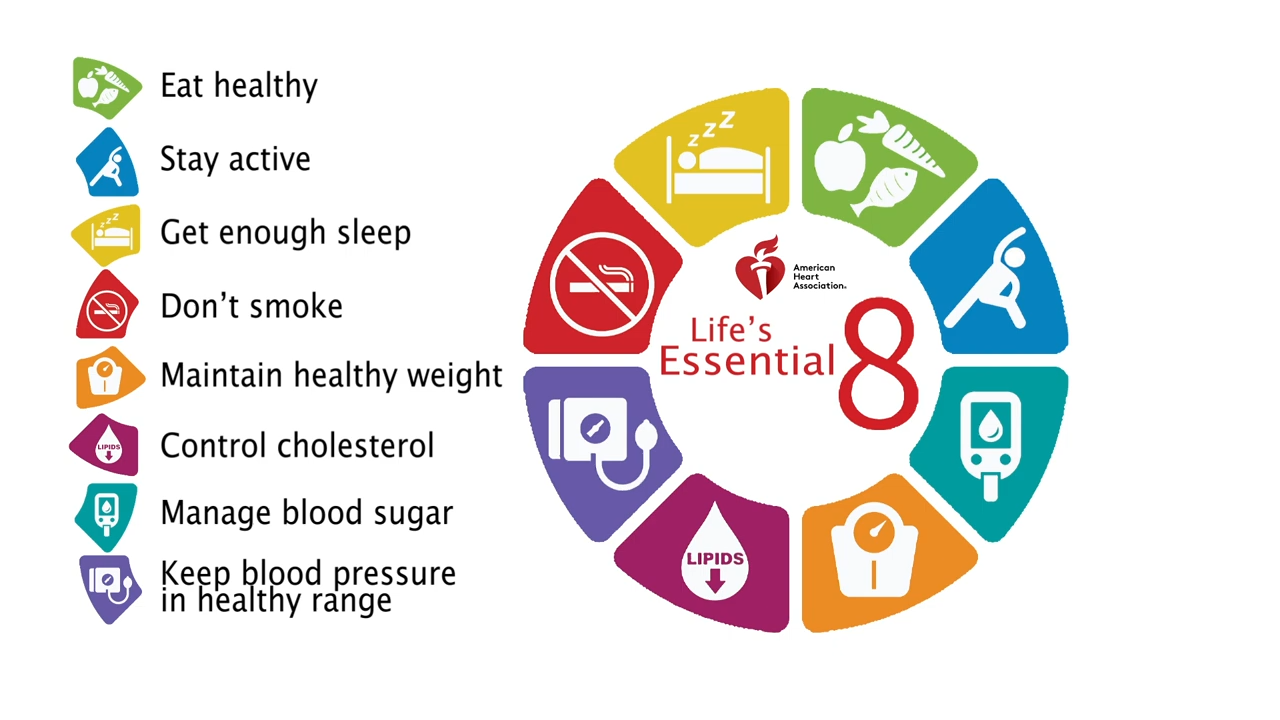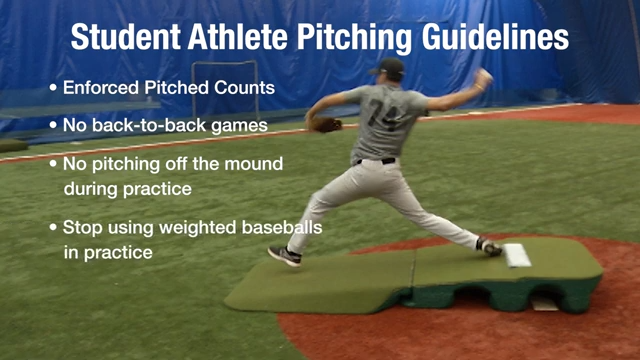ORLANDO, Fla. (Ivanhoe Newswire) — There are 53 million informal caregivers in the US. An informal caregiver is an unpaid person who is taking care of a spouse, partner, family member, friend, or neighbor who has health problems and is unable to take care of themselves. However, 21 percent of these caregivers report their own health as fair or poor as a result of caregiving. Here are tips straight from other caregivers on how to take care of their health and prevent caregiver burnout.
Taking care of a loved one with health problems is challenging. Nicole E. Werner, PhD, Associate Professor, University of Wisconsin, Madison, says, “Caregiving can be a 24-hour a day role.”
Which leaves no time for a caregiver to take care of themselves.
Christine Nash says, “I neglected myself 100 percent. I was down to a size four. My hair was matted. I wasn’t caring for myself at all.”
It is very common to experience caregiver burnout, where you are in a state of physical, emotional, and mental exhaustion. In fact, 40 percent of caregivers report feeling emotionally strained. So, what can be done to prevent caregiver burnout? First … Gail Morgan says, “Don’t isolate yourself.”
Join a support group with other caregivers. Also, allow yourself to take breaks to get out of the house to visit friends or even pamper yourself. Another tip, don’t be afraid to ask for help.
Naveena Jaspal suggests, “Get your siblings or your family involved from the get-go.”
Having more people taking part in the care means there are more people to share in the workload. And Christine Nash says, “Taking care of yourself is so important, so, so important.”
And make sure you don’t skip your own doctor’s appointments. If you’re not taking care of your own health, you won’t be in the best condition to take care of someone else’s.
One last tip: wake up 15 minutes earlier and use that time just for you. You can spend it enjoying your morning coffee, writing in a journal, or meditating.
Contributors to this news report include: Milvionne Chery, Producer; Bob Walko, Editor
Sources:
https://www.caregiving.org/caregiving-in-the-us-2020/
https://www.caregiver.org/resource/caregiver-statistics-health-technology-and-caregiving-resources/
https://www.healthline.com/health/health-caregiver-burnout#caregiver-stats
PREVENTING CAREGIVER BURNOUT: HELPING THE HELPERS #2990
BACKGROUND: A caregiver—sometimes called an informal caregiver—is an unpaid individual (for example, a spouse, partner, family member, friend, or neighbor) involved in assisting others with activities of daily living and/or medical tasks. Formal caregivers are paid care providers providing care in one’s home or in a care setting (day care, residential facility, long-term care facility). The National Alliance for Caregiving (NAC) and AARP revealed an increase in the number of family caregivers in the United States of 9.5 million from 2015 to 2020. Family caregivers now encompass more than one in five Americans. The study also revealed that family caregivers are in worse health compared to five years ago. As the demand for caregiving rises with an aging population, there is an opportunity for the public and private sectors to work together to develop solutions to support family caregivers and those under their care.
(Source: https://www.caregiver.org/resource/caregiver-statistics-health-technology-and-caregiving-resources/)
DIAGNOSIS: Seventy percent of family caretakers take care of one person over 65, while 22 percent help two people and seven percent care for three or more people. Thirty-two percent (32 percent) of caregivers describe the experience as stressful. Some signs of caregiver burnout are lack of energy, overwhelming fatigue, withdrawing from, or losing interest in, activities you once enjoyed, neglecting your own physical and emotional needs, anxiety about the future, depression or mood swings, and lowered resistance to illness.
NEW REGULATIONS: Family caregivers have a big job, but we can help with some basic support — and commonsense solutions — to make their big responsibilities a little bit easier. That’s why AARP urges state lawmakers to pass the Caregiver Advise, Record, Enable (CARE) Act to help family caregivers as their loved ones go into the hospital and as they transition home. The CARE Act requires hospitals to record the name of the family caregiver on the medical record of your loved one, inform the family caregivers when their loved one is to be discharged, and provide the family caregiver with education and instruction of the medical tasks he or she will need to perform for the patient at home. AARP is fighting for the CARE Act in states across the country because supporting family caregivers is a top priority for all of us. In 42 states, the District of Columbia, Puerto Rico, and the U.S. Virgin Islands, the CARE Act has been signed into law and is either in effect or will be soon.
* For More Information, Contact:
Nicole E. Werner, PhD
University of Wisconsin-Madison
Free weekly e-mail on Medical Breakthroughs from Ivanhoe. To sign up: http://www.ivanhoe.com/ftk



